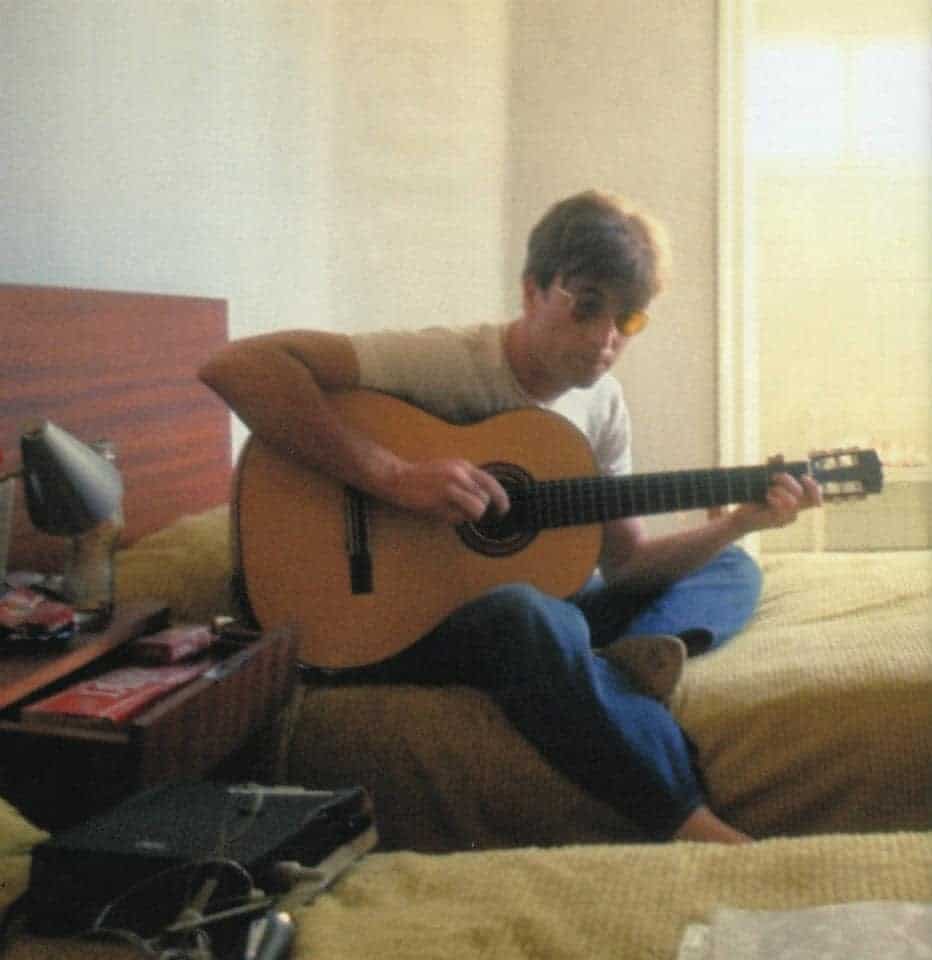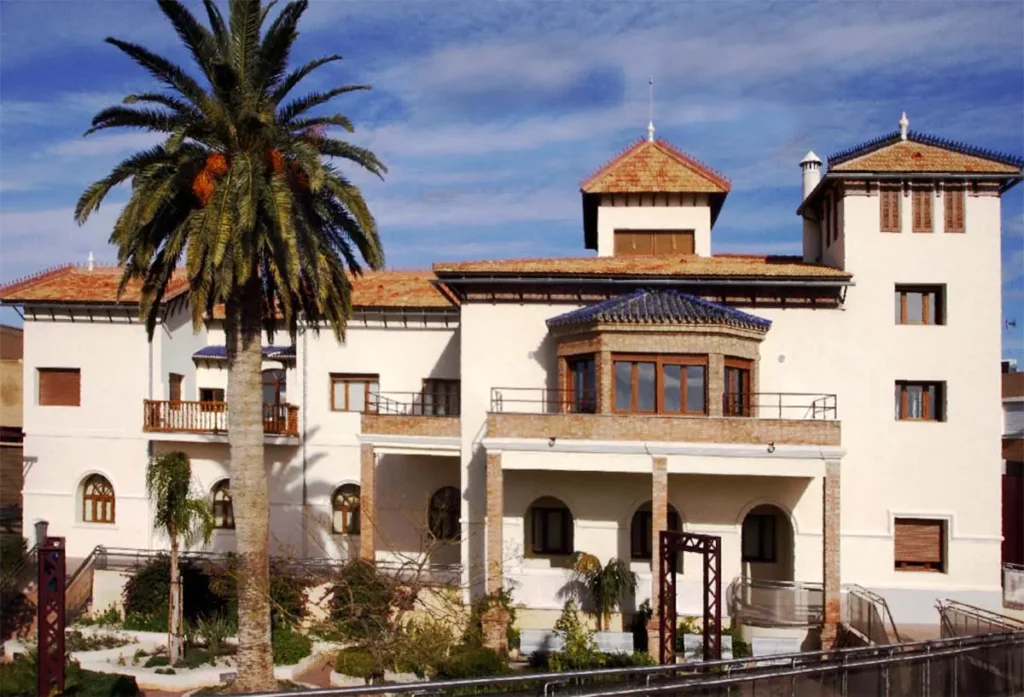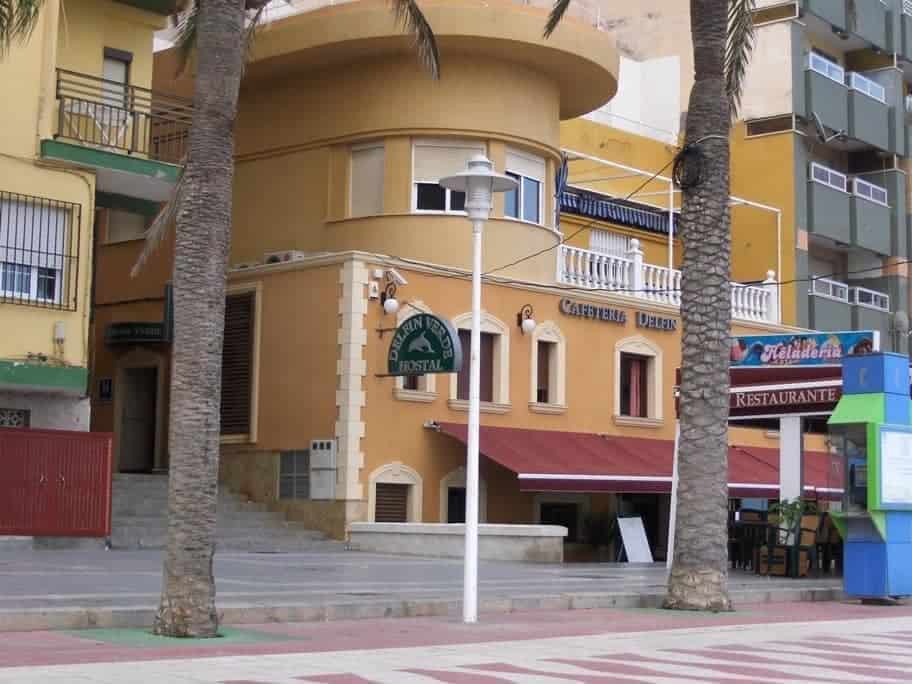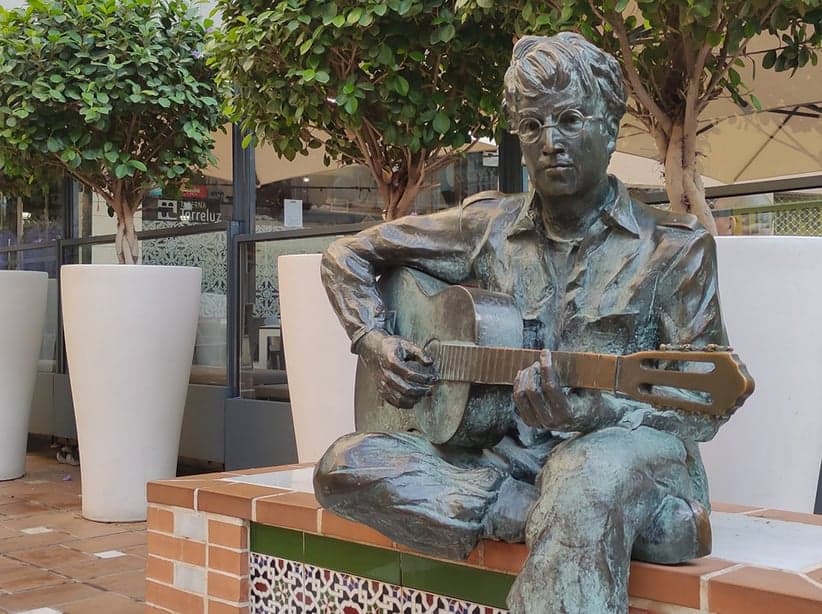- Home
- Listings
- Things To See & Do
- Car Hire
- News
- Properties
- What’s On
ES
John Lennon: A Beatle in the South of Spain
A Beatle in the south of Spain: The Story of John Lennon's Spanish Inspiration
In the summer of 1963, John Lennon took a trip to Torremolinos with The Beatles’ manager, Brian Epstein. The two spent a relaxing two weeks on holiday, partly because Torremolinos was known for being more accepting of gay people, like Epstein, than their hometown of Liverpool. In his memoirs, Lennon recalled accompanying Epstein to a café – the Bar Central, according to locals – where they would sit and watch the handsome young Spanish men passing by in Plaza Costa del Sol.
Rolls-Royce
Lennon had brought his Rolls-Royce with blacked-out windows to Spain, a car equipped with a microphone and loudspeaker. Lennon enjoyed using the system to surprise pedestrians, often shouting through the microphone, “Get away from the car!”
Lennon’s visit to Torremolinos has since been honoured with a street named after him, Calle John Lennon, located just a few minutes from the town centre.

Strawberry Fields
Three years later, in September 1966, Lennon travelled to Almería, Spain, to film “How I Won the War”, a satirical war film directed by Richard Lester. The trip marked a pivotal moment in Lennon’s career, not only for his work in the film but also because it provided the creative space for him to begin writing one of his most iconic songs: “Strawberry Fields Forever”. Almería’s desert landscape and the long periods of downtime on set allowed Lennon to reflect, unwind, and focus on music amidst the madness of Beatlemania.
Inspiration
Lennon often described this time as a turning point, away from the chaos and public pressure of The Beatles’ fame. “I was writing it all the time I was making the film”, he later said, acknowledging how the quiet stretches of time between filming inspired him to explore new musical ideas. During this six-week stay, Lennon began crafting what would become one of The Beatles’ most psychedelic and introspective songs.
Lennon’s creative process during this period is famously captured in a photograph taken by Douglas Kirkland. The image shows him lounging in bed with a Spanish guitar and a cassette recorder, the early stages of “Strawberry Fields Forever” coming to life. The song, however, was still incomplete. While the melody and lyrics were taking shape, Lennon was missing a crucial verse that would eventually tie the song together.

Villa Santa Isabel
On October 9, 1966, Lennon turned 26 while still in Almería. His wife Cynthia and fellow Beatle Ringo Starr joined him to celebrate. With their arrival, Lennon moved to a larger villa, the Santa Isabel estate, which is now known as the Casa del Cine de Almería. It was here, in this peaceful new setting, that Lennon finally completed the song. However, the version of “Strawberry Fields Forever” that the world knows today continued to evolve in the studio later on, incorporating layers of psychedelic production that turned it into a masterpiece.

The South of Spain left a lasting mark on Lennon, similar to how India later influenced George Harrison. The time he spent there allowed him to step back from his overwhelming fame, reconnect with his creativity, and start to distance himself from the identity of “John Winston Lennon”, the Beatle. In many ways, it was in Almería that Lennon began to explore deeper themes in his music, ones that reflected his inner turmoil and shifting perspective on life.


Lennon statue
Even today, Almería holds onto the memory of Lennon’s visit. The city has commemorated his stay by dedicating landmarks in his honour, including a statue now standing in the historic Plaza de las Flores. These tributes reflect how important this quiet southern Spanish city was to Lennon’s artistic development.
The villa where Lennon stayed is now a museum, paying homage to the importance of movies industry in the region and one of the spaces is dedicated to John Lennon’s stay in Almería. It’s called the ‘Source of Inspiration Room’ and is decorated with large images and objects that evoke that experience. Locals remember Lennon walking along Zapillo beach, guitar in hand, contemplating the song that would later capture the world’s imagination. Though Lennon may have only spent a short time in Almería, the city played a key role in shaping one of the most influential songs of the 20th century, forever linking the Beatles’ legacy to this unexpected corner of Spain.
